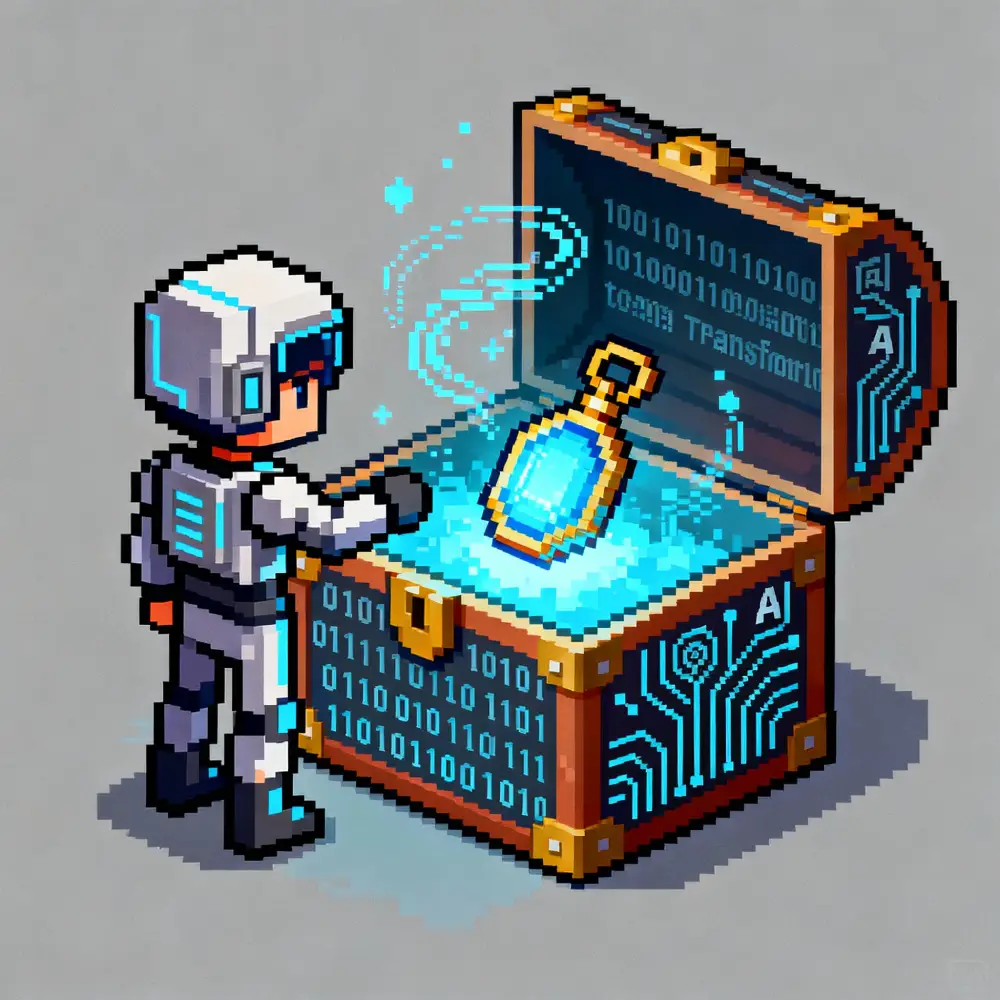Marco stared at his screen. Again. The AI had generated another component for his e-commerce platform. And again, the styling clashed with his design system. The authentication logic ignored his existing user service. The database queries overlooked his custom ORM patterns.
He had spent three hours feeding context into his AI chat. Code snippets. Architecture diagrams. Documentation links. The AI nodded along, produced decent code, then forgot everything by the next message.
This is vibe coding. And Marco was tired of repeating himself.
What Vibe Coding Looks Like
Vibe coding happens when developers feed AI assistants random chunks of code and hope for the best. The AI reads your message, generates a response, then wipes its memory clean. No project awareness. No understanding of your existing codebase. No memory of what you built five minutes ago.
Developers like Marco end up in a loop. Copy-paste context. Get code. Copy-paste more context. Get slightly better code. Repeat until exhausted. The AI operates on vibes, not knowledge.
The result? Code that works in isolation but fails when integrated. Components that ignore your naming conventions. Functions that duplicate existing logic. Styling that fights your design system.
Context-Aware Coding Changes the Game
Context-aware coding gives AI assistants access to your entire project. Your file structure. Your dependencies. Your coding patterns. Your documentation. Everything.
When Marco switched to context-aware coding, his AI knew which CSS variables to use. It saw his user authentication service and built on top of it. It understood his database schema and wrote queries that worked with his existing models.
The AI became a team member who had read the codebase. Not a consultant who needs a briefing every five minutes.
Context-aware systems maintain state across conversations. They remember what you built yesterday. They understand how files connect. They follow your project's conventions without being told.
Read also how Artiforge revolutionizes Context Aware Coding AI interactions.
Why Context-Aware Coding Wins
Marco's development speed doubled in the first week. Here's what changed.
No More Duplicate Code
The AI stopped generating duplicate code. It saw his existing utility functions and reused them. When he asked for a new API endpoint, the AI matched the structure of his other endpoints. Same error handling. Same response format. Same middleware chain.
Faster Debugging
Debugging time dropped. The AI understood his logging system and added appropriate log statements. It knew his error tracking setup and wrapped risky operations correctly. When bugs appeared, the AI traced through the actual file structure to find root causes.
Easier Onboarding
Onboarding new team members got easier. The context-aware AI served as documentation. New developers asked questions and got answers grounded in the actual codebase. No generic advice. No outdated Stack Overflow links. Real answers about real code.
Better Code Reviews
Code reviews improved. The AI suggested changes that aligned with existing patterns. It caught inconsistencies across files. It spotted places where new code duplicated old logic.
How Artiforge's Orchestrator Works
Artiforge builds this context awareness through its orchestrator. The system indexes your repository, tracking files, dependencies, and relationships. When you start a conversation, the orchestrator loads relevant context automatically.
Automatic Context Loading
You ask to add a feature. The orchestrator finds related files. It pulls in your types, your interfaces, your existing implementations. It identifies which services and utilities you already have. The AI sees everything before writing a single line.
Persistent Memory
The orchestrator maintains conversation memory across your project. You ask about authentication in the morning. You request a database migration at lunch. You need to refactor error handling in the afternoon. The orchestrator connects these conversations. The AI remembers your decisions and builds on them.
Quick Setup
You work through the guided setup and connect your repository. The orchestrator scans your codebase. Within minutes, your AI assistant knows your project better than most new hires would after a week.
Real-Time Updates
The system updates as you code. Add a new file? The orchestrator indexes it. Refactor a component? The context updates immediately. Your AI assistant stays synchronized with your codebase in real-time.
Stop Guessing, Start Building
Marco ships features now. Not context. Not explanations. Not the same code snippets for the tenth time. Features.
His AI understands his project. It suggests code that fits. It remembers decisions. It builds on existing work.
You face the same choice Marco faced. Keep feeding context manually. Keep explaining your codebase over and over. Keep fixing integration issues when AI-generated code clashes with your patterns.
Or give your AI the context it needs to help.
Try Artiforge free. Connect your repository. Start your first context-aware conversation. Watch your AI assistant transform from a guesser into a builder.
Your codebase is waiting.
